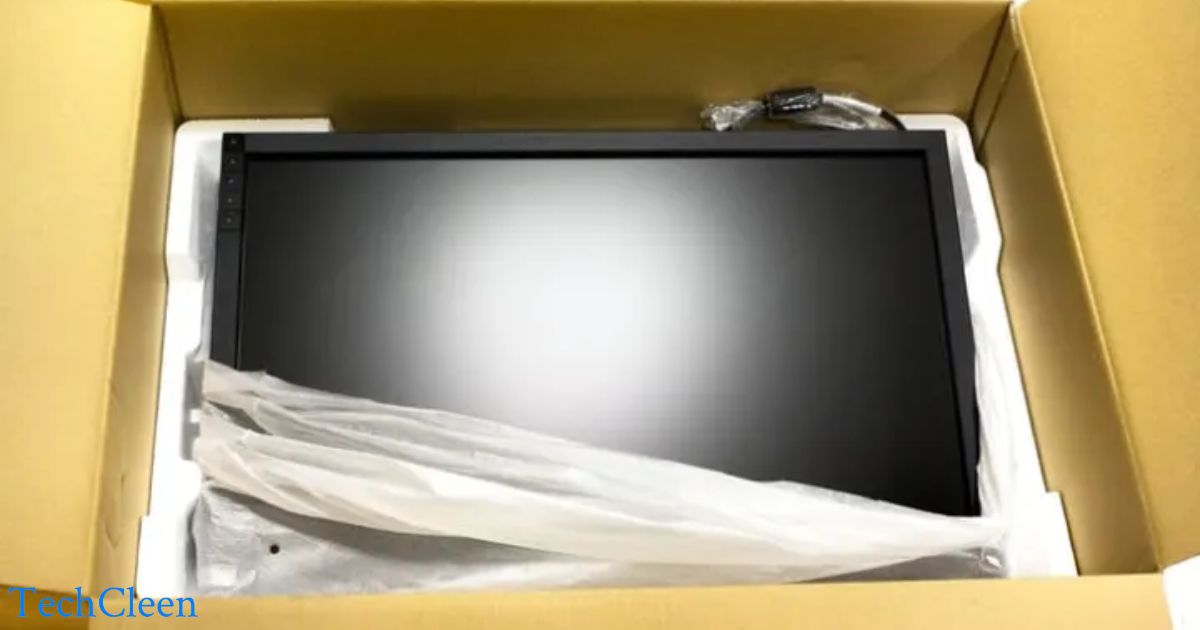Learn the art of packing a computer monitor with ease. Safeguard your valuable device during relocation or storage by following these simple steps. From securing cables to providing cushioning, this guide ensures your monitor stays protected throughout the journey. Master the packing process effortlessly and keep your monitor safe and sound.
Unlock the secret to safe travels for your computer monitor! Learn the art of packing with our step-by-step guide. Shield your screen from bumps and bruises, ensuring a smooth journey. Master the packing game and keep your monitor in pristine condition. Your tech deserves the best – let’s pack it right.
Power off and disconnect the computer monitor. Wrap it in bubble wrap or padding. Place it in a sturdy box, ensuring a snug fit. Fill any empty spaces with packing material. Seal the box securely, labeling it as fragile for careful handling during transportation.
First, Check to See If You Still Have The Box
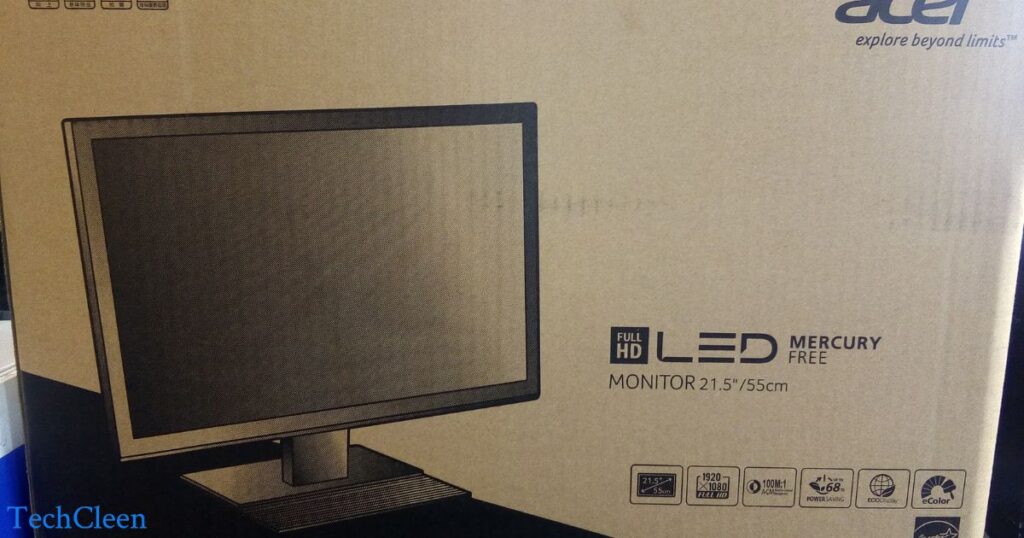
Firstly, assess whether you still have the original box that the computer monitor came in. If you do, this box is likely designed to fit the monitor snugly and provide a level of protection with its custom packaging. Retrieving and reusing the original box can simplify the packing process and enhance the safety of the monitor during transportation.
However, if the original box is not available, don’t worry. You can still pack the monitor securely by following a few steps. Wrap the monitor in bubble wrap or soft padding, then place it in a sturdy box. Ensure a tight fit and use additional packing material to fill any empty spaces, providing cushioning to minimize the risk of damage. Seal the box securely and label it as fragile for careful handling.
Measure Your Monitor
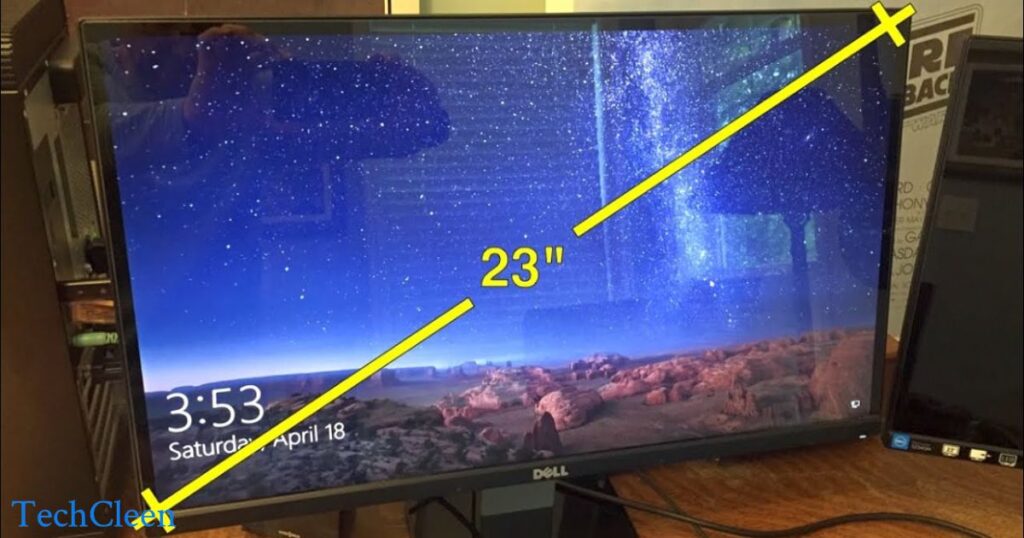
Before initiating the packing process, it is crucial to measure your computer monitor accurately. Start by measuring the width, height, and depth of the monitor. Use these measurements as a guide to choose an appropriately sized box for packing. Opting for a box that allows a snug fit ensures that the monitor is secure and minimizes the risk of movement during transportation.
Knowing the dimensions also helps in selecting the right amount of packing material to provide ample cushioning for the monitor’s protection. Accurate measurements are especially vital if you are using a custom or generic box for packing. This step not only contributes to the safe transportation of your monitor but also aids in selecting the most suitable packing materials to safeguard it from potential bumps or impacts during the moving process.
Find The Appropriate Box
Once you have measured your computer monitor, the next step is to find an appropriate box for packing. Ideally, look for a sturdy cardboard box that is slightly larger than the dimensions of your monitor, providing enough space for proper cushioning. If you have the original box that came with your monitor, it is often the best choice as it is designed to fit your device securely.
If the original box is not available, consider obtaining a double-walled box for added strength and protection. Ensure that the box is in good condition without any signs of wear or damage. Additionally, make sure to reinforce the bottom of the box with packing tape for extra durability. Choosing the right box is essential in safeguarding your monitor during transit, minimizing the risk of damage from bumps or jostles
Remove The Stand If Possible
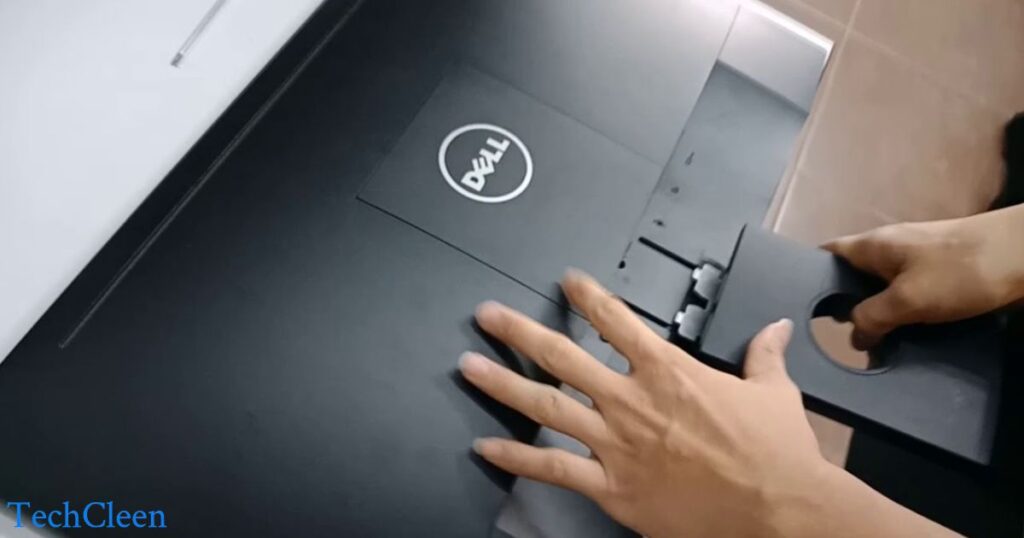
If your computer monitor comes with a detachable stand, it is advisable to remove it before packing. Detaching the stand not only reduces the overall dimensions of the monitor but also helps in preventing any potential damage during transit. Carefully follow the manufacturer’s instructions to safely remove the stand, and keep any screws or attachments in a labeled bag for easy reassembly later.
Once the stand is removed, wrap it separately in bubble wrap or padding and secure it within the box. This precaution ensures that both the monitor and its stand remain protected throughout the packing and moving process, maintaining the integrity of your equipment.
Protect The Screen
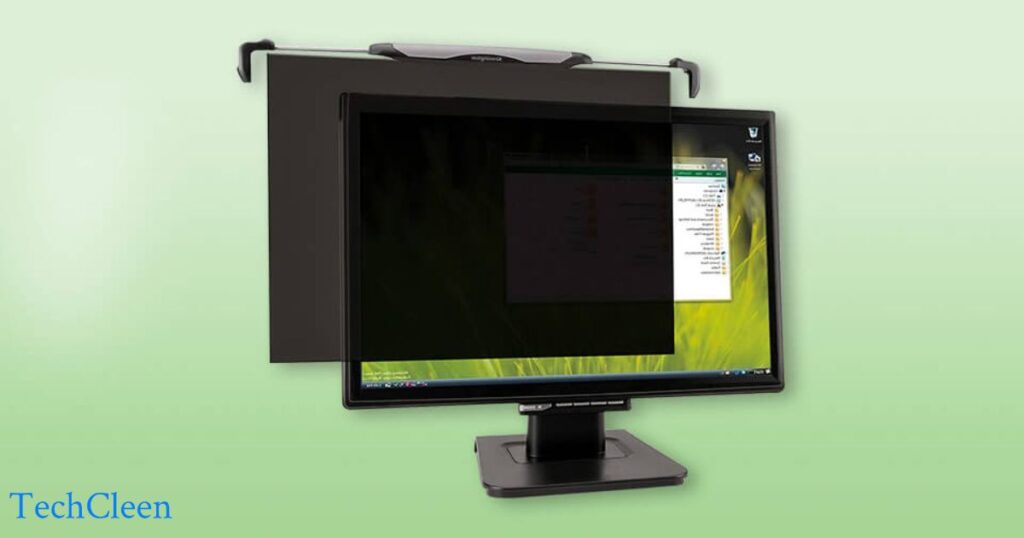
To safeguard the delicate screen of your computer monitor during packing, it’s essential to provide an additional layer of protection. Start by cleaning the screen with a soft, lint-free cloth to remove any dust or smudges. Once cleaned, place a layer of bubble wrap or a soft cloth over the screen, securing it in place with tape or rubber bands.
This extra barrier shields the screen from potential scratches or minor impacts during transportation. Ensuring the screen is well-protected adds an extra layer of security to preserve the visual integrity of your monitor when it reaches its destination.
Wrap Your Monitor With Bubble Wrap
Wrapping your computer monitor with bubble wrap is a crucial step in ensuring its safety during transportation. Begin by carefully placing the monitor face-down on a flat surface. Wrap the entire monitor with a layer of bubble wrap, making sure to cover all sides and corners. Secure the bubble wrap with tape, ensuring a snug fit without applying excessive pressure.
The bubble wrap acts as a protective cushion, absorbing shocks and vibrations that may occur during transit. This simple yet effective measure significantly reduces the risk of scratches, dings, or other damages to your monitor, ensuring it arrives at its destination in optimal condition.
Secure The Cables

Before packing your computer monitor, take a moment to secure its cables to prevent tangling and potential damage. Bundle the cables together using twist ties or cable organizers, and consider wrapping them with cable management sleeves for added protection. If your monitor has detachable cables, disconnect them from the monitor and secure them separately.
This not only helps in organizing the components but also avoids strain on the connectors during transit. By securing the cables, you reduce the risk of damage and make the unpacking process more convenient, ensuring that all components are intact and ready for use when you reach your destination.
Pack The Monitor In The Box
Once you have adequately protected your computer monitor, carefully place it into the selected box. Ensure that the monitor fits snugly within the box to minimize movement during transportation. If there’s extra space, fill it with additional packing material, such as foam peanuts or bubble wrap, to provide cushioning against potential impacts.
Seal the box securely with packing tape, reinforcing the seams to enhance its structural integrity. Label the box as “Fragile” to alert handlers to exercise caution. This final step ensures that your monitor is securely packed, reducing the risk of damage and allowing for a smoother and safer transition to its new location.
Seal The Box
After securely placing your computer monitor in the box, the final crucial step is to seal it effectively. Use high-quality packing tape to firmly seal all seams and edges of the box. Reinforce the corners and edges to enhance the box’s structural integrity. Ensure that the tape extends across the top and bottom flaps, creating a secure barrier against potential impacts or accidental openings.
Don’t forget to label the box appropriately, indicating its fragile contents and any other relevant handling instructions. A well-sealed box not only protects your monitor during transit but also facilitates a smoother unpacking process at your destination.
Label The Box
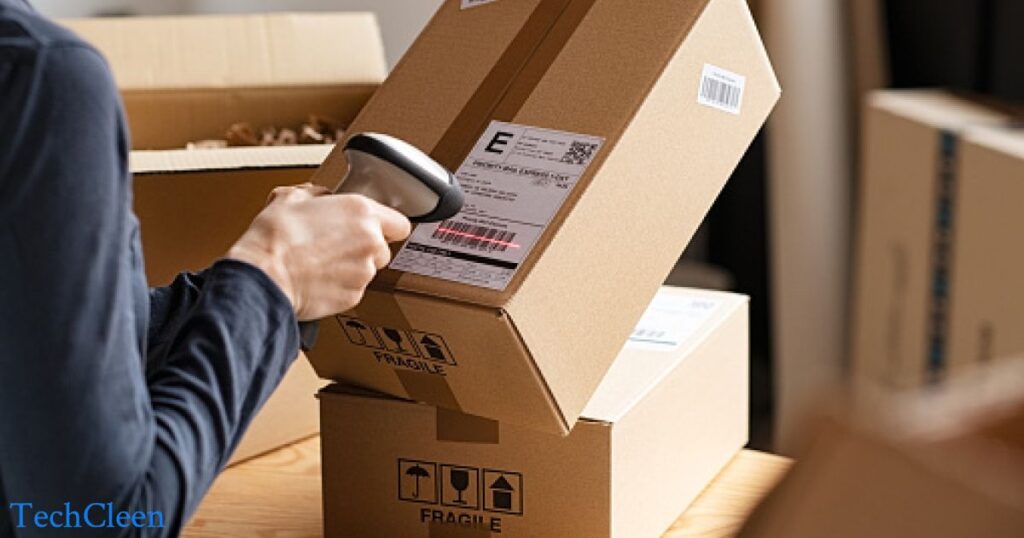
Clearly labeling the box containing your computer monitor is a crucial step in ensuring its safe and careful handling during transportation. Use a permanent marker to write “Fragile” prominently on multiple sides of the box to alert handlers to exercise caution. Additionally, include any specific orientation instructions if applicable.
Write down essential details such as your name, destination address, and contact information, making it easier for movers or carriers to direct the package accurately. Proper labeling not only helps prevent mishandling but also streamlines the unpacking process at the destination, ensuring a smoother transition for your computer monitor.
Don’t Lay The Box With The Monitor Face Down
Avoid placing the box containing your computer monitor face down during transportation. Laying the box in this manner increases the risk of pressure on the delicate screen, potentially leading to cracks or damage. Instead, opt for a vertical orientation, ensuring that the box is upright with the “This Side Up” or “Fragile” label facing the right way.
This precaution helps prevent unnecessary stress on the monitor and ensures a safer journey to its destination. By prioritizing the correct orientation, you minimize the chances of any impact adversely affecting the sensitive components of your computer monitor.
Frequently asked question
How To Pack A Computer Monitor?
Start by wrapping the screen with anti-static TV cover. Then wrap completely in a moving blanket, then in large enviro-bubble, followed by a foam TV cover.
How do you pack a large monitor?
Put the monitor in and fill any empty space with packing material like Styrofoam peanuts or crumpled-up paper
Can you carry 24 inch monitor on a plane?
you can carry the Monitor/CPU in check-in baggage. Please note, one piece of hand baggage of up to 7 kg (including laptop) and one piece of check-in baggage of up to 20 kg shall be allowed per passenger for domestic travel.
How do you transport a monitor without a box?
Wrap monitor in bubble wrap and tape up the bubble wrap. Wrap that in a blanket. Take it into the back seats, and fit it between the back seat, facing upwards, using cardboard, blankets or pillows so it can’t move much. Exactly where will depend on the size of the monitor.
Can you bubble wrap a monitor?
Wrap your screen in 3 to five layers of bubble wrap. Then, tape your bubble wrap to secure the layering and keep it tight.
Final conclusion
In conclusion, packing a computer monitor involves a systematic approach to ensure its safe and secure transportation. Beginning with the careful measurement of the monitor and finding an appropriate box, the process extends to protecting the screen, removing the stand, and securing cables. The use of bubble wrap adds an essential layer of cushioning, and the meticulous sealing and labeling of the box complete the packing process.
Whether utilizing the original box or opting for a suitable alternative, these steps collectively contribute to safeguarding the monitor from potential damage during transit. By adhering to these guidelines, one can enhance the likelihood of the monitor arriving at its destination in optimal condition, ready for use.

With a robust five-year background in the ever-evolving realm of tech gadgets, I bring a wealth of hands-on experience and a deep understanding of the latest technological advancements.
